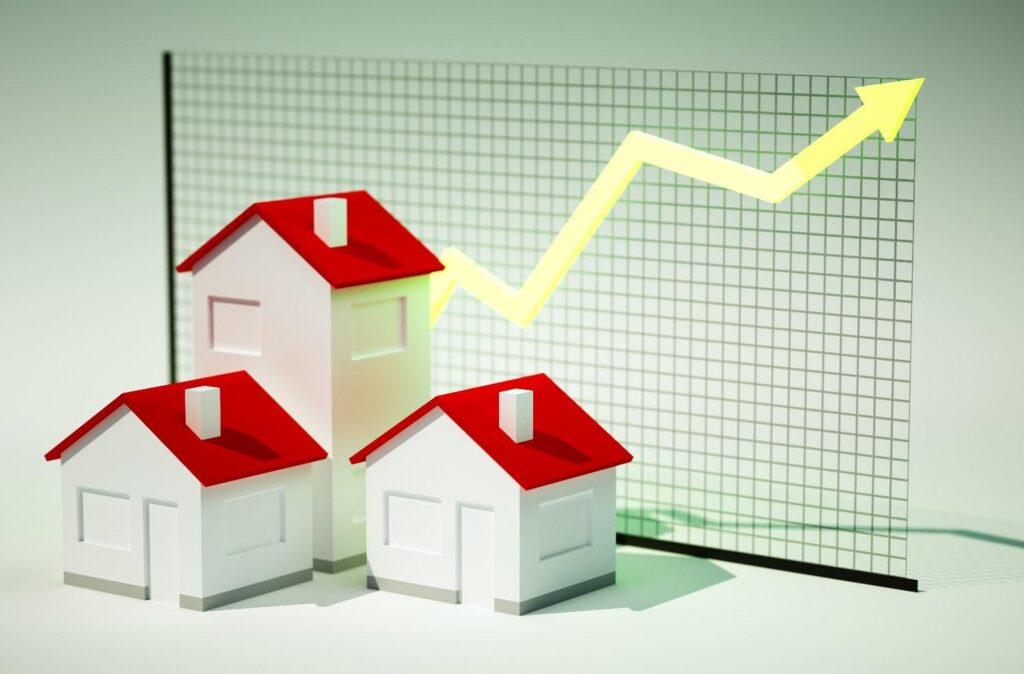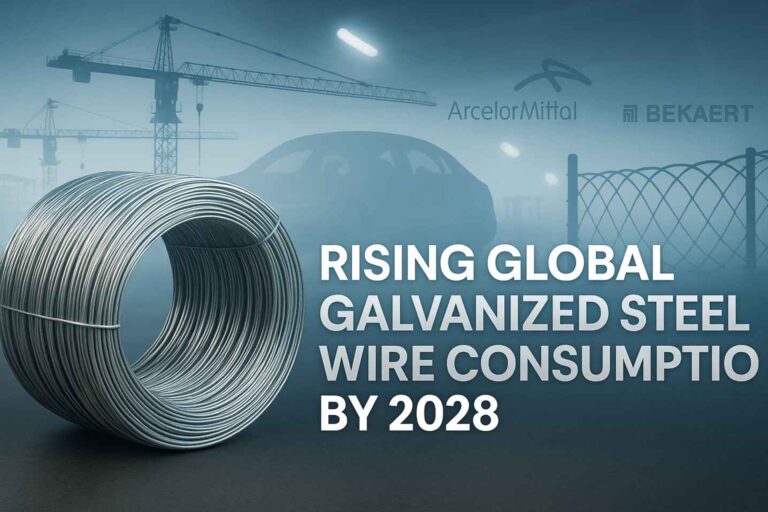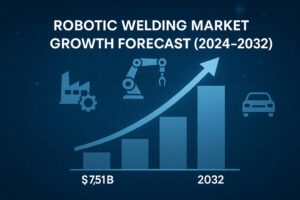If you told me five years ago I’d geek out over factory-built homes, I’d have laughed. Then I toured a modern manufactured home that felt warmer, smarter, and more affordable than many site-built houses I’d seen. That afternoon, the manufactured housing market stopped being a niche in my head and became a real answer to America’s affordability crisis. In this guide, I’ll break down size, growth drivers, financing realities, regulations, and what could shape the market through 2028.
What’s driving demand in the manufactured housing market right now?
Rising home prices and tight inventory push buyers toward alternatives that deliver value without sacrificing comfort. Manufactured homes typically cost far less than site-built homes, and they arrive with predictable timelines because builders construct them in controlled factory settings. Recent federal data shows average U.S. sales prices for new manufactured homes hovering near the low-$100Ks, with singles and doubles priced well below typical site-built equivalents. That cost gap acts as the market’s engine, pulling in first-time buyers, downsizers, and workforce households.
Another tailwind: new-home supply dynamics. As traditional builders deal with labor and materials constraints, factory production offers speed and scale. Broader reporting on industrialized construction—modular, panelized, and 3D-printed concepts—underscores the push to build faster and cheaper to close the national housing shortfall. Manufactured homes are the most established factory-built option with a mature regulatory code and national distribution.
How big is the manufactured housing market—and where is it headed by 2028?
Market sizing varies by methodology (retail value vs. shipments vs. community revenues), but the direction is clear: steady growth. Third-party estimates peg the U.S. manufactured homes market in the mid-tens of billions of dollars with mid-single-digit CAGRs over the next decade. Even with different baselines, analysts converge on growth fueled by affordability, improved design, and institutional interest in land-lease communities.
On the volume side, industry tracking shows manufactured home shipments representing a meaningful share of single-family housing activity, with shipment share of starts and sales rising in recent years—a sign that the sector is gaining relevance during tight supply cycles. If mortgage rates ease and local zoning continues to open up, I expect shipments to trend upward through 2028.

What makes a home “manufactured” (and why does the HUD Code matter)?
Quick definition check: a manufactured home is built entirely in a factory to a national performance standard known as the HUD Code, first implemented in 1976 and regularly updated. This code governs design, construction, durability, fire safety, energy efficiency, and transport.
Because the HUD Code preempts local building codes, manufacturers can produce at scale and deliver consistent quality across states. That uniformity underpins nationwide financing, appraisal, and warranty practices and differentiates manufactured homes from modular homes (which follow local codes) and from RVs or tiny homes. Recent federal rulemaking continues to refine the code—another plus for quality and consumer protections.
Where do pricing and buyer value stand in the manufactured housing market?
Affordability shows up in the data. Census “Manufactured Housing Survey” tables track average sales prices by region and home type (single-section and multi-section). Nationally, averages have clustered around the low-$100Ks for all homes, with single-section homes below $100K and multi-section homes around the mid-$150Ks in recent readings. That delta versus site-built homes gives buyers more home for the dollar and helps communities and developers add supply faster.
For context, the MHS also provides square footage and selected characteristics by region, allowing apples-to-apples comparisons of size and cost. When I weigh price per square foot, manufactured homes typically deliver significant savings—one reason the sector attracts budget-sensitive buyers and workforce housing strategies.

How does financing actually work for the manufactured housing market?
Financing depends on title. If you place the home on land you own and title it as real property, you can often use conventional or government-backed mortgages. If the home sits on leased land in a community or remains titled as personal property, you usually rely on chattel (personal property) loans with different terms. The GSEs’ “Duty to Serve” plans aim to expand responsible financing options in manufactured housing, and Freddie Mac continues to explore feasibility for personal-property (chattel) products. This area matters: broader access to fair-cost financing could unlock more demand through 2028.
What about insurance, installation, and warranties?
Insurers price risk based on location, construction, and installation quality. Proper installation to HUD standards and anchoring requirements reduces risk and protects resale value. Many manufacturers and retailers offer warranties, and state programs may add protections. As always, documentation and a HUD certification label (the “red tag”) help buyers and lenders verify compliance.
How do communities fit into the manufactured housing market?
Land-lease communities offer amenities and lower up-front costs because you buy the home but lease the lot. Investor interest has grown, adding capital for upgrades—but also raising questions about rent stability. Local policy (e.g., notice requirements, rent caps, or resident purchase opportunities) can influence long-term affordability. These policies will shape the market’s trajectory in many metros between now and 2028.
What opportunities and constraints should investors and buyers watch through 2028?
Opportunities:
- Affordability gap: As site-built prices stay high, manufactured homes remain a practical entry point.
- Industrialized delivery: Factory processes reduce weather delays and waste, supporting scale.
- Financing innovation: Duty-to-Serve initiatives and potential chattel enhancements could widen credit access.
Constraints:
- Zoning and NIMBY resistance: Local restrictions can bottleneck placements.
- Rate sensitivity: Higher borrowing costs slow sales, particularly for price-sensitive buyers.
- Lot-rent dynamics: Community rent inflation can erode total cost advantages for some households.
Frequently Asked Questions
1. Is the manufactured housing market really growing?
Yes. Multiple analyst houses project mid-single-digit compound growth, and shipment share of overall single-family activity has ticked up in recent years. Rising costs in the site-built market and improving HUD standards support the trend through 2028.
2. How much does a new manufactured home cost today?
Census data shows average U.S. sales prices in the low-$100Ks overall, with single-section units under $100K and multi-section units in the mid-$150Ks (recent monthly readings). Prices vary by region, features, and installation.
3. Do manufactured homes meet strict safety and energy standards?
They do. The HUD Code governs design, construction, fire safety, energy efficiency, and durability nationwide. Recent rulemaking has updated and strengthened standards, and homes carry a certification label to verify compliance.
4. Can I get a “normal” mortgage on a manufactured home?
Often, yes—if the home is permanently affixed to land you own and titled as real property. Homes on leased land or titled as personal property typically use chattel loans. GSE “Duty to Serve” efforts aim to improve access and liquidity across both paths.
Conclusion: Where I see the manufactured housing market going by 2028
I expect the manufactured housing market to keep gaining share as buyers prioritize price-to-value, faster delivery, and energy-efficient designs. The sector’s national code, improving financing landscape, and data-driven pricing transparency give it structure that newer methods still lack. If zoning modernizes and chattel credit costs come down, manufactured homes will anchor many communities’ affordability strategies—delivering real homes to real people at prices that make sense.










